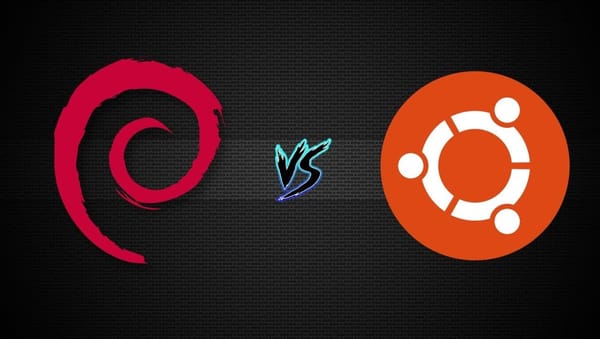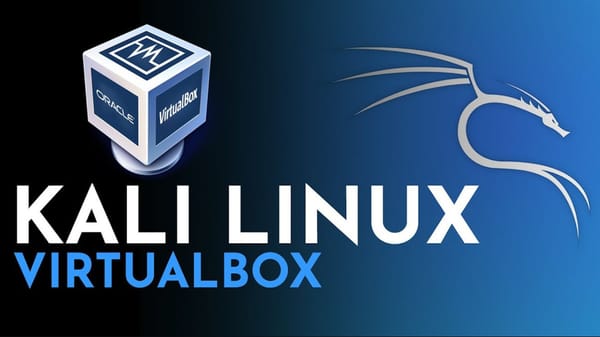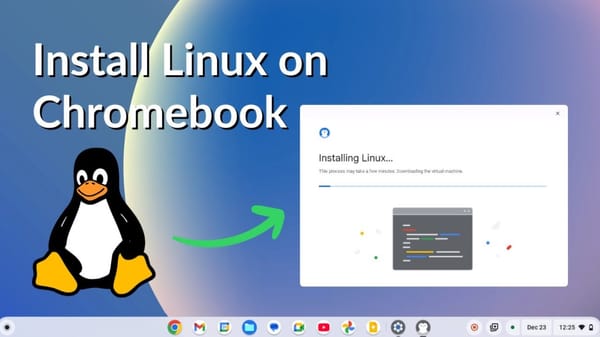How to Remove a Directory in Linux: Mastering the Art of Clean File Management
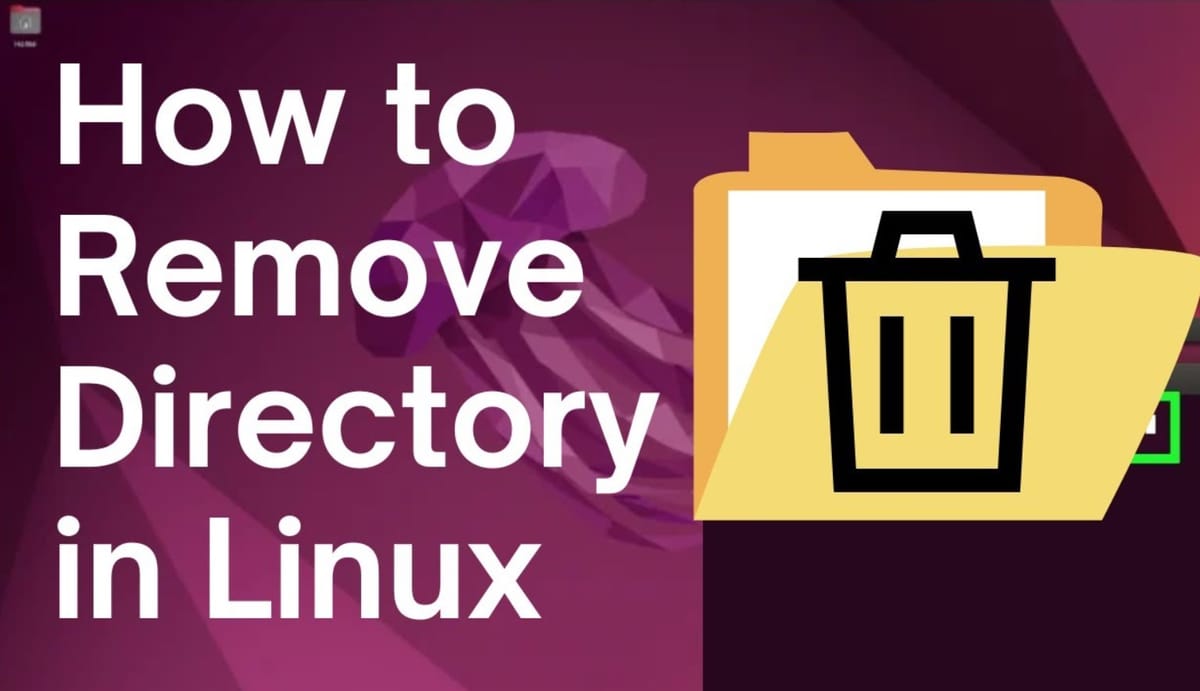
Deleting directories might sound simple, but when it comes to Linux, it requires precision, caution, and sometimes a bit of command-line wizardry. In this guide, you'll learn how to remove a directory in Linux using various methods that cater to beginners, sysadmins, and automation enthusiasts alike.
🔍 What Is a Directory in Linux?
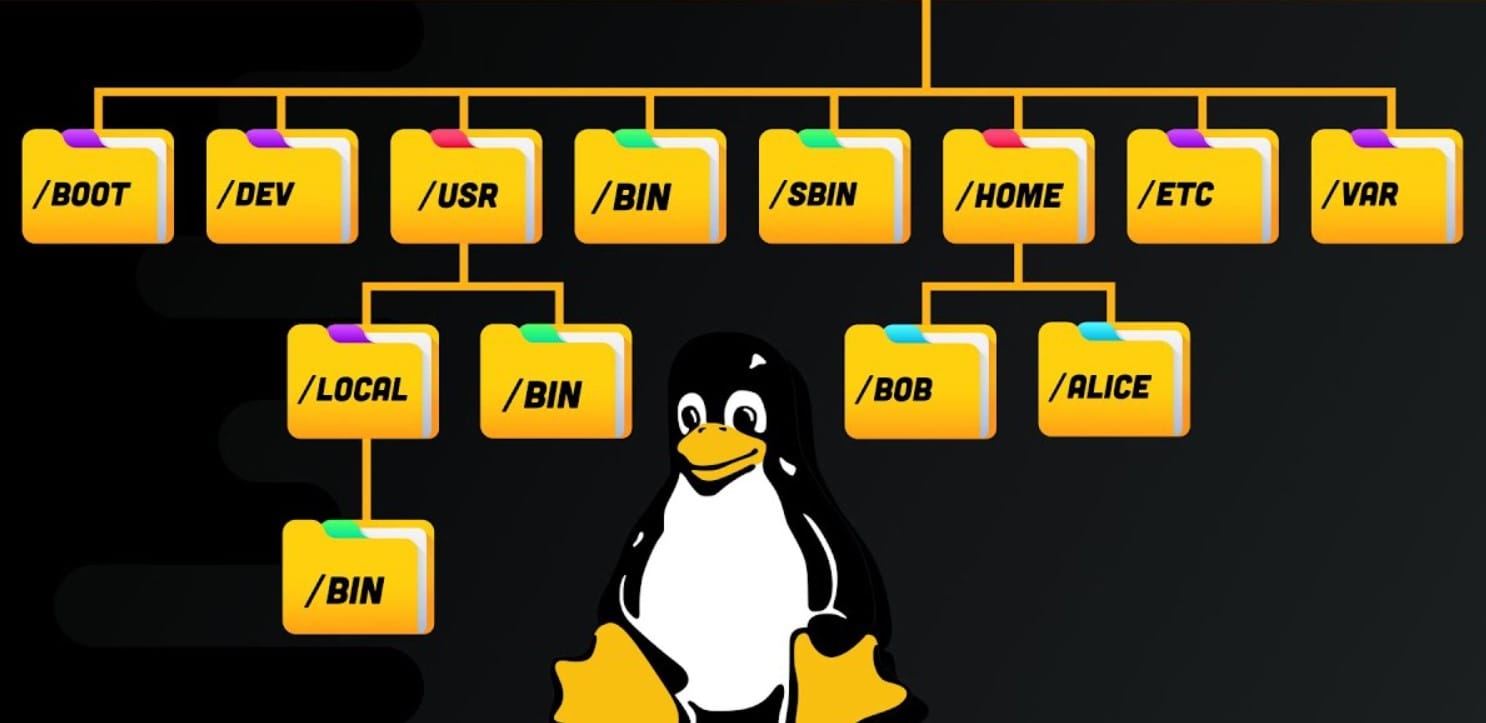
A directory in Linux is equivalent to a folder in other operating systems. It helps structure and organize files in a hierarchical format. The Linux file system begins at the root directory (/), with everything else branching from it.
💡 Why Learn How to Remove a Directory in Linux?
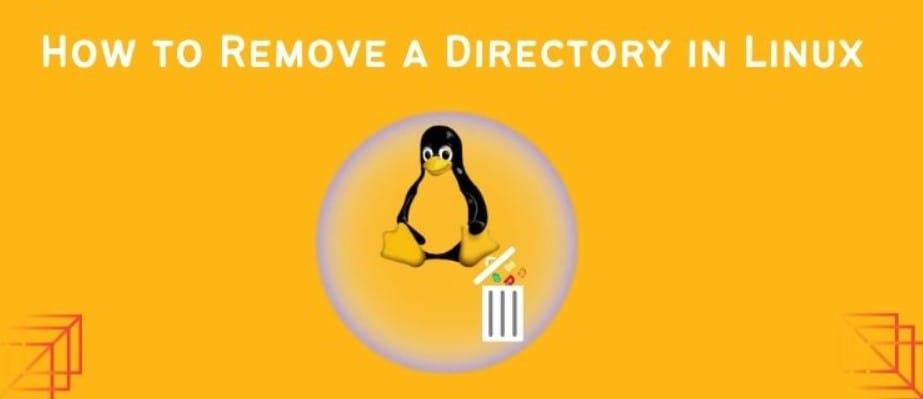
Knowing how to remove a directory in Linux is essential because:
- It helps maintain disk cleanliness.
- Prevents clutter and confusion.
- Essential for software installation and cleanup scripts.
- Reduces storage consumption.
⚠️ Important Precautions Before Deleting
Before running any directory removal commands, follow these best practices:
- Backup Important Data: Always make backups of important files or projects.
- Double-Check Paths: A small typo can lead to big trouble.
- Know the Directory's Contents: Use
lsortreeto inspect what you're about to delete.
🧰 Basic Tools to Remove Directories
Using rmdir for Empty Directories
Command Syntax:
rmdir folder_nameExample Use Case:
rmdir backup_logs✅ Pros:
- Simple and fast.
- Good for script automation.
❌ Cons:
- Only works on empty directories.
How to Remove a Directory in Linux Using rm -r
Command Syntax:
rm -r folder_nameTo Force Delete Without Prompt:
rm -rf folder_nameTo Add Safety with Prompts:
rm -ri folder_name💬 Pro Tips:
- Use
-rfor recursive deletion. - Use
-fto skip confirmation (use with extreme caution). - Combine
-rand-ifor interactive deletion.
🔁 Remove Multiple Directories Using Wildcards
Wildcards make batch deletions easier:
rm -rf logs_*This command removes all directories starting with logs_.
🕳️ Remove Empty Directories in Linux with find
Use the find command to target and remove all empty directories recursively:
find . -type d -empty -deleteOr:
find /var/logs -type d -empty -exec rmdir {} +🗃️ How to Remove Non-Empty Directory in Linux
If a directory has nested files:
rm -rf /home/user/old_projects/This command recursively deletes everything without asking.
🖥️ GUI Method: How to Remove a Directory in Linux
Using File Managers:
- GNOME (Ubuntu): Right-click > Move to Trash or Delete.
- KDE (Dolphin): Same process applies.
- XFCE (Thunar): Right-click > Delete.
This is ideal for users who prefer visual feedback.
⚙️ Automate Directory Removal with Bash Scripts
Automate tasks using a shell script:
#!/bin/bash
for dir in */ ; do
rm -rf "$dir"
doneSchedule it with cron:
0 2 * * * /home/user/scripts/cleanup.sh🔍 Target Specific Directories by Name
To remove all directories named cache:
find . -type d -name "cache" -exec rm -rf {} +💀 The Dangers of rm -rf /*
This command deletes everything from the root:
rm -rf /*Never run this unless you absolutely understand the consequences. This command has bricked countless systems.
🔒 Secure Deletion Techniques
For sensitive directories, consider secure deletion:
With shred:
shred -u -z -n 3 confidential_file.txtWith srm:
srm -r sensitive_directory/🔍 Logging Deletion Activity
Log deletions with auditd:
auditctl -w /home/user/temp -p wa -k temp_deletionCheck logs:
ausearch -k temp_deletion🛠️ Troubleshooting: Permission Denied Errors
Solution 1: Use sudo
sudo rm -rf protected_dir/Solution 2: Change Ownership
sudo chown -R $USER:$USER folder/🧠 Recover Accidentally Deleted Directories
If you removed something important:
- Use TestDisk or PhotoRec for recovery.
- Restore from backup using
rsyncorDeja Dup.
📌 Best Practices to Safely Remove a Directory in Linux
- Always preview with
ls. - Use
-ifor interactive mode in scripts. - Never use
sudounless necessary. - Avoid
rm -rfon root unless absolutely necessary.
FAQs
How to remove a directory in Linux using terminal?
Use rmdir for empty directories or rm -rf for non-empty ones.
Can I undo a deleted directory in Linux?
Only if you have backups or use file recovery tools.
Why does Linux say 'Permission Denied'?
You might lack ownership. Use sudo or change permissions.
What's the safest way to delete a directory?
Use interactive mode (rm -ri) or GUI file managers.
How do I delete multiple folders quickly?
Use wildcards or find with the -exec flag.
🧾 Conclusion
Learning how to remove a directory in Linux empowers you to maintain a clean and efficient system. Whether you prefer command-line speed or GUI simplicity, you now have a robust toolkit for directory management. Stay safe, double-check paths, and back up critical data before running destructive commands.

